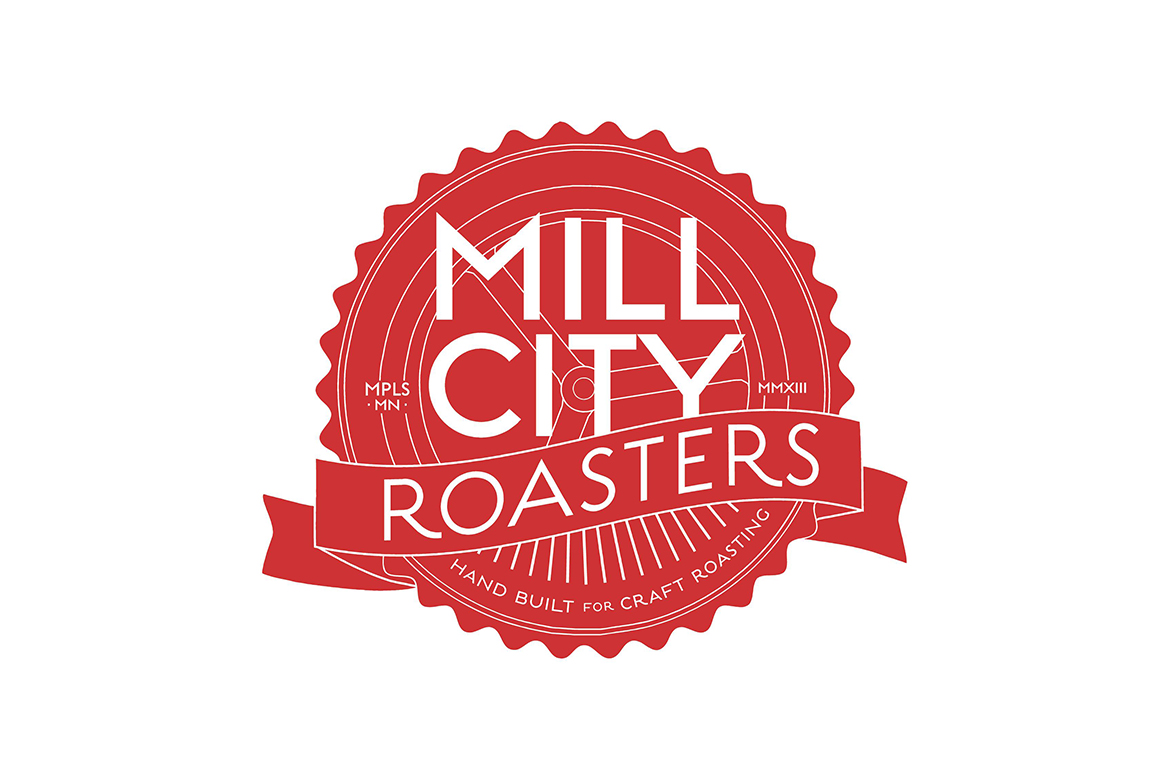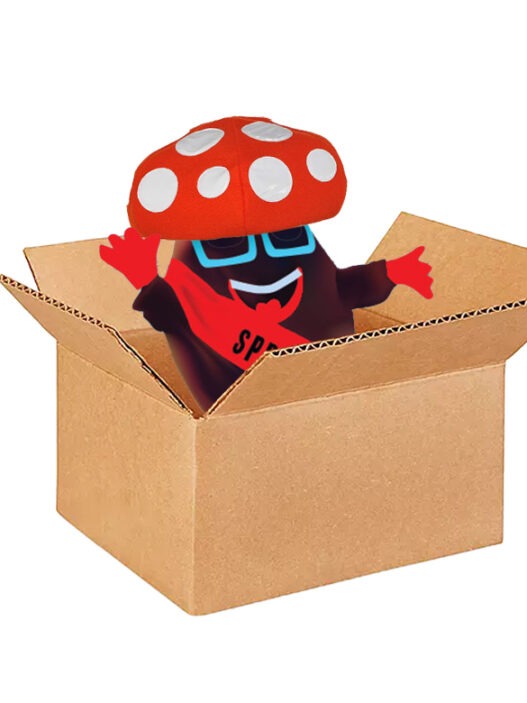
The art of brewing coffee has long been approached scientifically, and not it is being done so by actual scientists. In an article titled “Asymptotic Analysis of the Dominant Mechanisms in the Coffee Extraction Process” that will be published in next week’s SIAM Journal on Applied Mathematics, researchers Kevin M. Moroney, William T. Lee, Stephen B.G. O’Brien, Freek Suijver, and Johan Marra examine the science of coffee extraction and specifically how extraction works within a filter brewing system.
According to Phys.org, this new research is building upon a 2015 paper by the same authors but with the focus shifting toward filter brewing:
Or put more simply:
The research breaks down the coffee brewing process into essentially two steps:
Along with grind size/surface area, the researchers look into how water flow rates and bed shape affect extraction. Their hope is to uncover the mathematics of coffee brewing in order to apply it to how coffee makers are constructed.
The Phys.org article itself is pretty dense, never mind the actual work of the researchers, and it has yet to really break any new ground on what exactly is going on during extraction. But this rigorous analytical approach has promise of producing results that will have real world application for coffee brewing. Or at the very least, next time someone tells you “It’s just coffee,” you can forward them this study and reply with a smug, “Is it?”
Zac Cadwalader is the news editor at Sprudge Media Network.
*top image via Breaking Bad



























